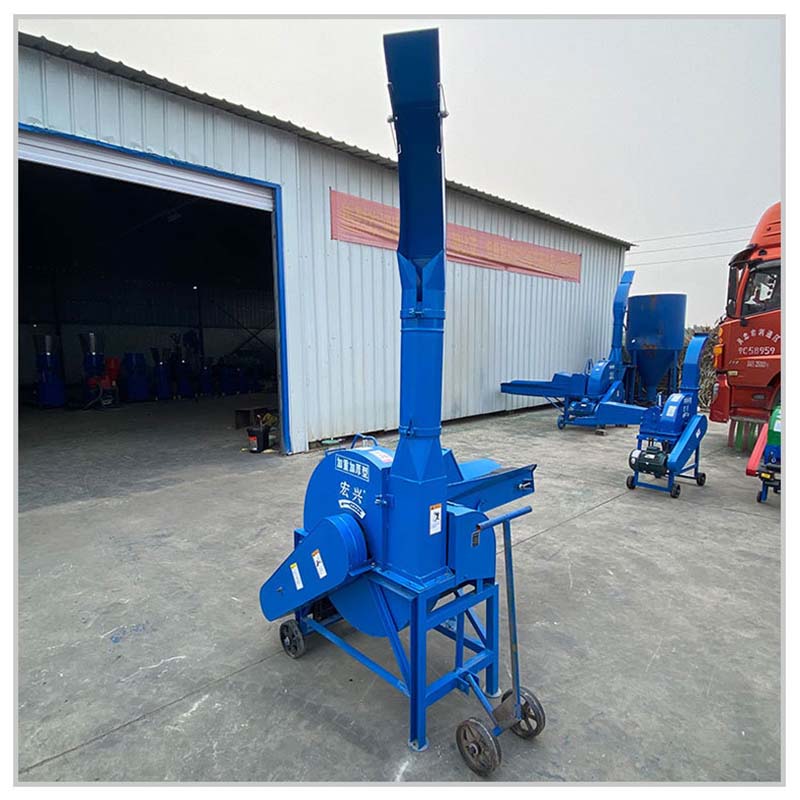Optimal Design and Usage of Stationary Feed Mixers for Livestock Nutrition
Nov . 01, 2024 03:13 Back to list
Optimal Design and Usage of Stationary Feed Mixers for Livestock Nutrition
Understanding Stationary Feed Mixers A Key Tool for Livestock Management
In the realm of livestock management, the efficiency of feed preparation plays a pivotal role in ensuring the health and productivity of animals. One essential piece of equipment that has gained significant prominence in this industry is the stationary feed mixer. Designed to blend various feed ingredients uniformly, these mixers are crucial for livestock farmers seeking to optimize feed quality and nutritional value.
What is a Stationary Feed Mixer?
A stationary feed mixer is a fixed structure used to combine different types of feed ingredients, such as grains, protein sources, vitamins, and minerals. Unlike mobile mixers, which are mounted on trailers for transport, stationary mixers are typically designed for daily use within a specific area of a farm or feed preparation facility. They come in various capacities and configurations, allowing farmers to choose a model that best suits their operational needs.
How Do Stationary Feed Mixers Work?
Stationary feed mixers operate on the principle of mechanical mixing. Ingredients are loaded into the mixer’s chamber, where they are stirred and blended by rotating augers or paddles. These mixers can handle dry and wet feed materials, ensuring that the final product is homogeneous and well-integrated. The mixing process is vital as it prevents the segregation of feed components, promoting a consistent diet that can enhance animal health and performance.
Most stationary mixers also feature detailed calibrations, allowing for precise application of micro-ingredients, such as minerals or supplements, which can significantly impact livestock nutrition.
stationary feed mixers

Benefits of Using Stationary Feed Mixers
1. Consistency in Feed Quality With the ability to blend multiple ingredients uniformly, stationary feed mixers assure a consistent product. This uniformity is essential for livestock, as it ensures that each animal receives the same nutritional profile.
2. Cost-Effectiveness By producing feed in-house, farmers can often lower their feed costs. Stationary mixers allow for the efficient use of bulk ingredients, enabling farmers to create customized feed formulations that meet the specific dietary needs of their animals while reducing waste.
3. Improved Nutrition Customized feed mixes can be formulated to address specific health issues or growth stages in livestock. This tailored approach ensures that animals receive the right balance of nutrients, improving their overall growth rates and reproductive performance.
4. Increased Efficiency Stationary feed mixers are designed for durability and high throughput. They can handle large batches of feed quickly, saving time in the daily feeding routine and allowing farmers to focus on other important aspects of livestock management.
Conclusion
In summary, stationary feed mixers represent a vital component of modern livestock management. Their ability to produce consistent, high-quality feed helps farmers optimize animal health and productivity, which is crucial in an industry that demands efficiency and sustainability. As the livestock sector continues to evolve, the importance of such machinery will only grow, making it an indispensable investment for farmers committed to success in their operations. By harnessing the power of stationary feed mixers, livestock producers can ensure they are meeting the dietary needs of their animals while maximizing their return on investment.
-
Automatic Feeding Line System-Pan Feeder Nipple Drinker|Anping County Yize Metal Products Co., Ltd.
NewsJul.29,2025
-
Hot Sale 24 & 18 Door Rabbit Cages - Premium Breeding Solutions
NewsJul.25,2025
-
Automatic Feeding Line System Pan Feeder Nipple Drinker - Anping County Yize Metal Products Co., Ltd.
NewsJul.21,2025
-
Automatic Feeding Line System Pan Feeder Nipple Drinker - Anping County Yize Metal Products Co., Ltd.
NewsJul.21,2025
-
Automatic Feeding Line System - Anping Yize | Precision & Nipple
NewsJul.21,2025
-
Automatic Feeding Line System - Anping Yize | Precision & Nipple
NewsJul.21,2025






